Rubber futures prices in major markets are being supported at the opening of the first trading session of the week, thanks to expectations of a recovery in the downstream production chain, however, the upward trend is not yet sustainable.
World rubber price
At the opening of the trading session on July 7, the price of rubber futures for July delivery on the OSE in Japan increased by 0.4% (1.1 yen) to 313 yen/kg. In China, the price of rubber futures for July delivery on the Shanghai Futures Exchange (SHFE) increased by 0.3% (35 yuan) to 14,020 yuan/ton. In Thailand, the price of rubber futures for August delivery increased by 0.6% (0.45 baht) to 73.56 baht/kg.
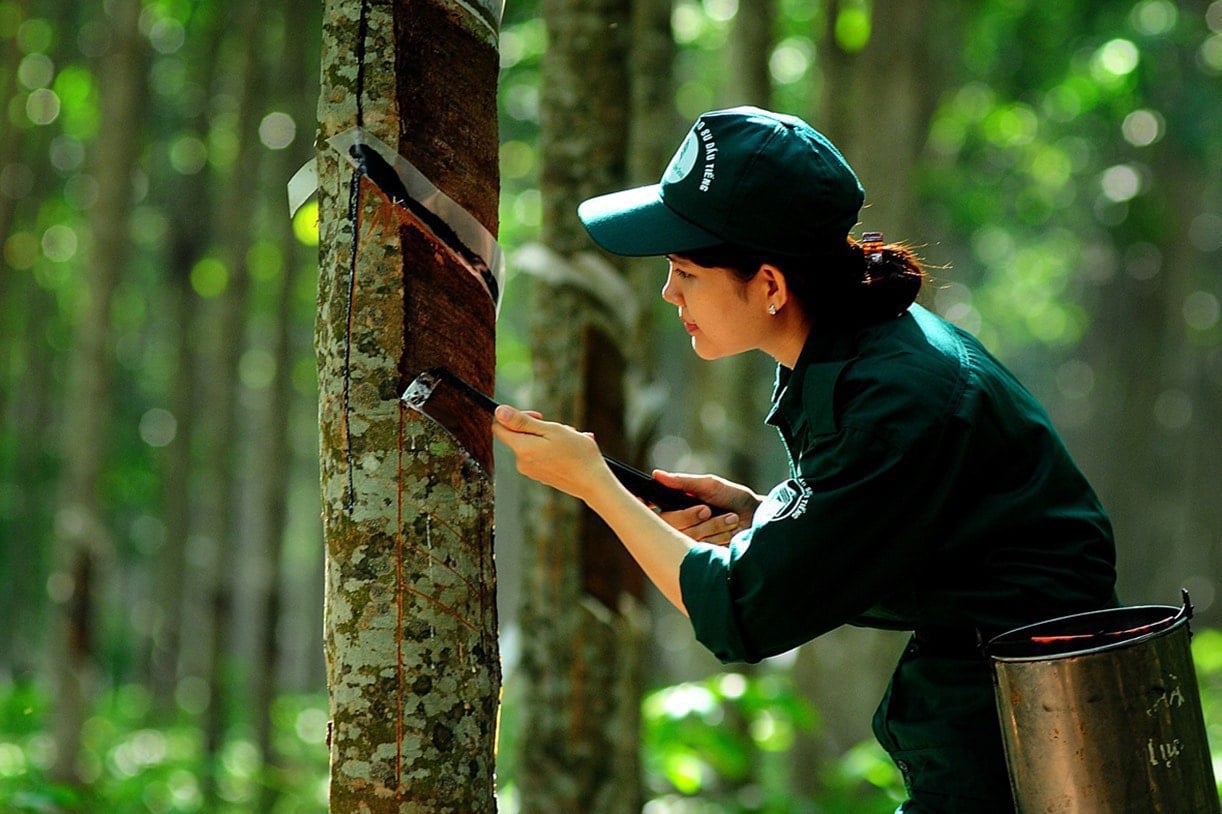
The Association of Natural Rubber Producing Countries (ANRPC) forecasts that global natural rubber (NR) production in 2025 will increase slightly by 0.5% year-on-year to around 14,892 million tonnes. This figure is slightly lower than the previous estimate of 14,897 million tonnes made in March.
According to ANRPC, this adjustment reflects the impact of many factors within and outside the industry, including weather conditions, limited investment in new rubber plantations and sudden changes in market expectations.
In its May industry report, ANRPC estimates global rubber output in the month at 1.04 million tonnes, up 1.27% year-on-year.
However, Thailand, the top rubber producer, is forecast to see May output fall 4% to around 272,200 tonnes, as adverse weather in April improved tapping. In contrast, Vietnam, Cambodia and China are forecast to see monthly output growth, thanks to more favorable conditions for tapping.
In terms of consumption demand, ANRPC expects global demand to increase by 1.3% in 2025, reaching around 15,565 million tonnes. However, this increase is still affected by the risk of a global economic recession, due to the impact of tariffs from the US and increased import costs.
Notably, China – the world's largest rubber consumer – recorded consumption in May at 619,700 tonnes, up 7.12% from April. ANRPC said this was mainly due to a strong recovery in tire production, driven by a surge in electric vehicle output and sales in May.
“As tire manufacturers ramp up capacity, demand for high-quality rubber is also increasing, reflecting a positive trend in the industry,” ANRPC said.
In Thailand, consumption in April was 111,000 tonnes, but is expected to decline to 95,500 tonnes in May. In contrast, Malaysia has seen an increase in consumption, from 19,400 tonnes in April to 20,600 tonnes in May.
The ANRPC said that raw natural rubber prices are currently stable at high levels, supported by a recovery in the downstream production chain. However, the association also warns that high domestic inventories are weighing on the market and could slow down the price recovery in the near term.
Domestic rubber price
specifically, Phu Rieng Company offers to purchase mixed latex at 385 VND/DRC, and latex at 420 VND/TSC.
Similarly, MangYang Company stabilizes the purchase price of latex at around 395 - 400 VND/TSC (type 2-type 1), and mixed latex at around 351 - 399 VND/DRC (type 2-type 1).
At Ba Ria Rubber Company, the purchase price of liquid latex is stable at 405 VND/TSC degree/kg (applied to TSC degree from 25 to under 30); DRC coagulated latex (35 - 44%) is at 13,500 VND/kg; raw latex remains unchanged at 17,200 - 18,500 VND/kg.
Source: https://baolamdong.vn/gia-cao-su-hom-nay-7-7-xu-huong-tang-chua-ben-vung-381486.html








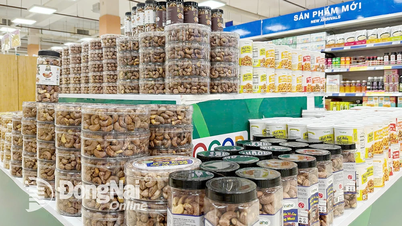







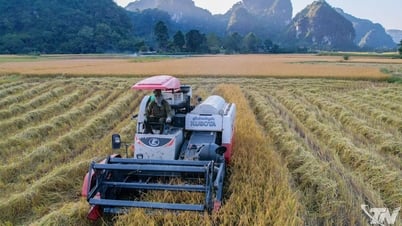






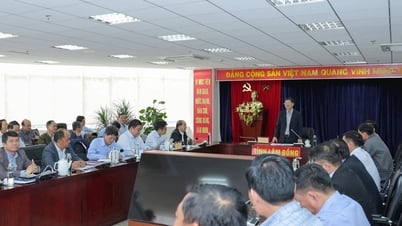
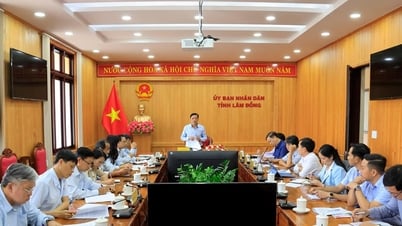

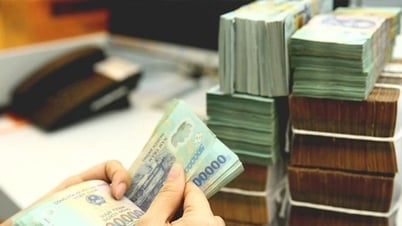
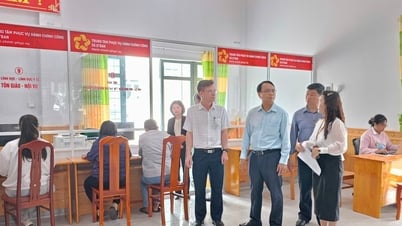


















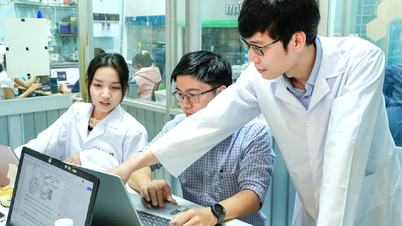


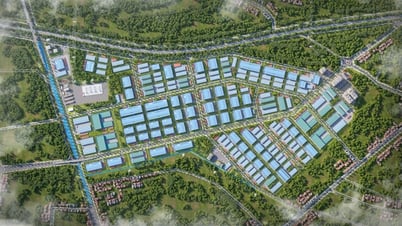





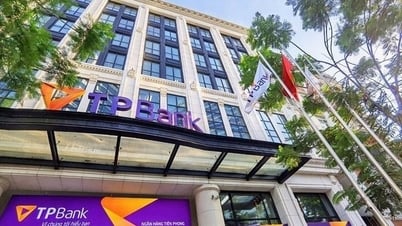
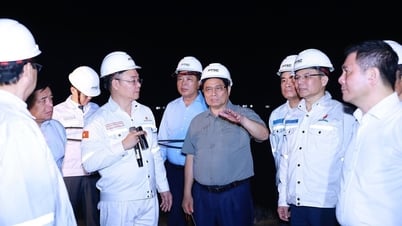
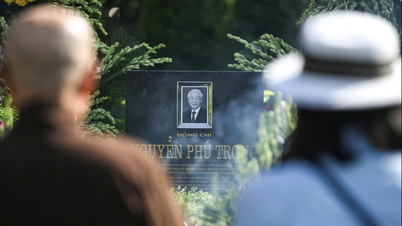
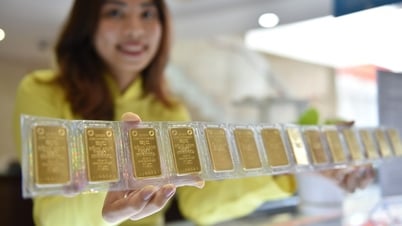






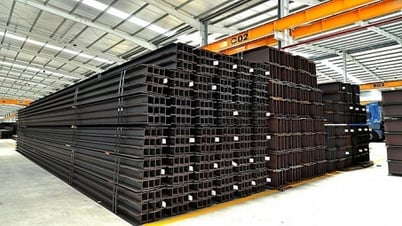




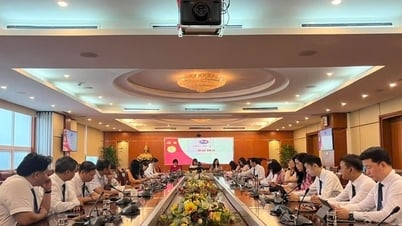

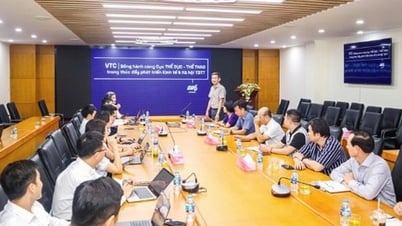
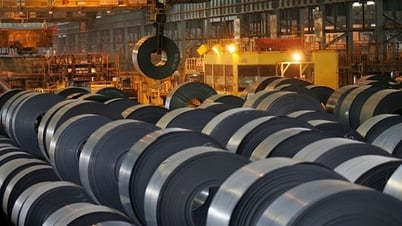


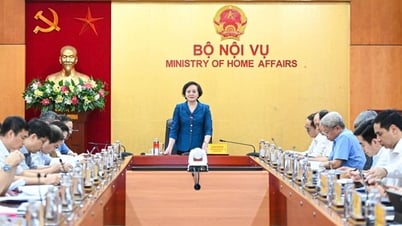




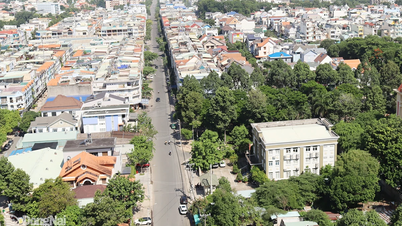













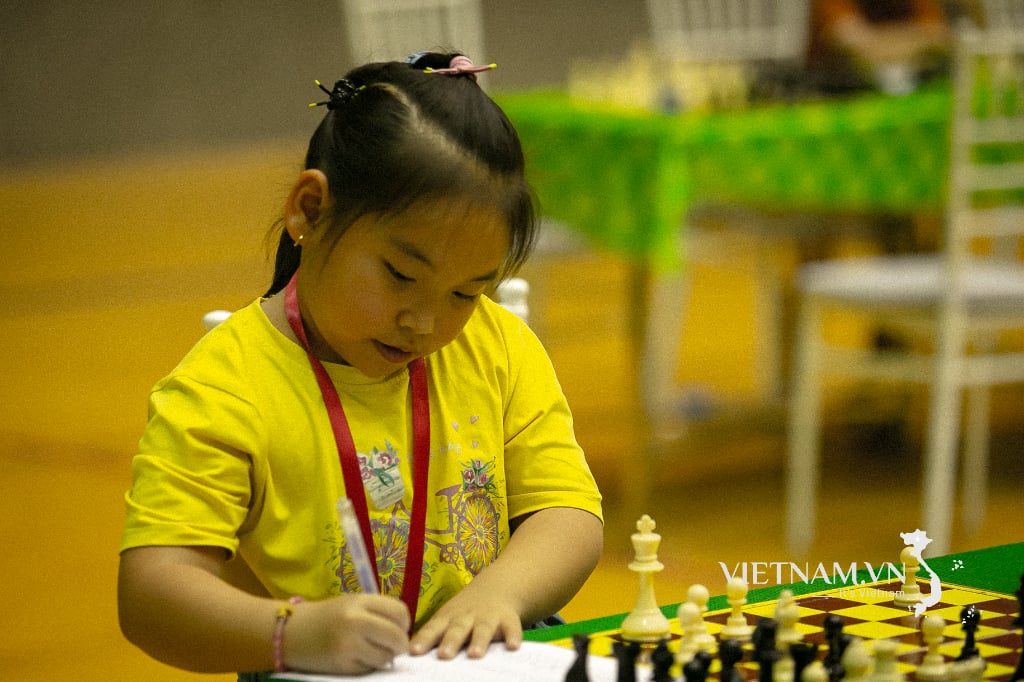

Comment (0)